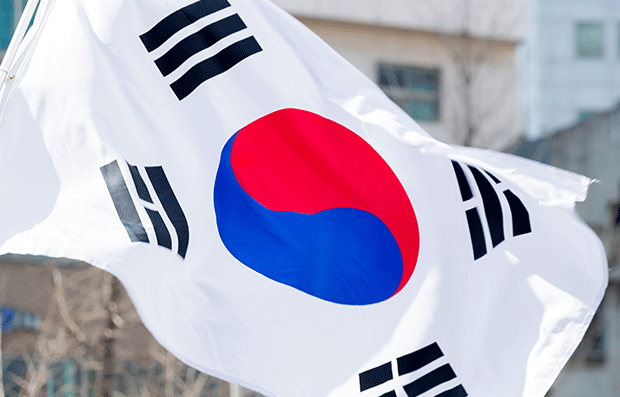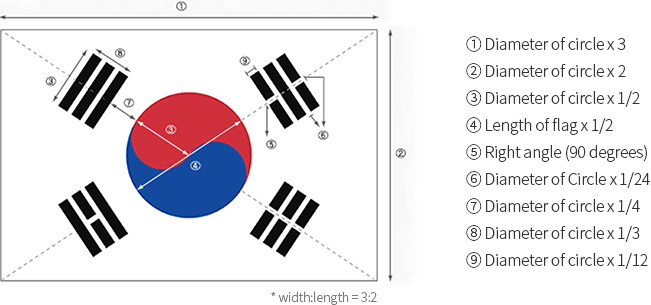Definition & Key conditions
International Development Cooperation and ODA
Official development assistance (ODA) is defined as government aid that is designed to promote the economic development and welfare of developing countries, and includes the provision of grants, loans and technical assistance to developing countries or international organizations. The international community has used this definition of ODA since the establishment of the Development Assistance Committee (DAC) of the Organization for Economic Cooperation and Development (OECD) in 1961.
As a broader concept encompassing ODA, International Development Cooperation refers to international efforts and actions to reduce inequalities between developed and developing countries, between different developing countries and within developing countries, and to protect people’s fundamental rights by ending poverty. Since political, economic, social, cultural and historical factors drive poverty in developing countries, this is not an issue that involves developing countries alone, but a global one requiring long-term, coordinated international efforts.
In the past, promoting economic growth was viewed as a main solution to the problem of poverty. However, the international community has come around to a view that multidimensional efforts to promote not only economic development but also social development as a whole are required to put an end to poverty. In line with this trend, the approaches to development have been diversified to include efforts to achieve ▲the development of economic and social infrastructures, ▲political stabilization, ▲capacity building and ▲sustainable development.
In addition, in the development cooperation landscape of recent years, the importance of new sources of development financing has continued to grow. In the past, terms such as development assistance, foreign aid and overseas aid were used to indicate development cooperation. Today, however, in reflection of the increasing focus on ‘collaboration’ with developing countries through inclusive partnerships, ‘international development cooperation’ has become the most commonly used term.

Key Conditions of ODA
The OECD DAC defines ODA as flows of resources to developing countries that are provided by official agencies, including central and local governments or their executive agencies; are administered with promotion of the economic development and welfare of developing countries as their main objective (meaning that aid for military and commercial purposes is excluded); are provided to countries on the DAC list of ODA recipients and to multilateral institutions as defined by the OECD DAC as qualified international organizations; and are concessional in nature and fulfill grant element thresholds*.
- * Least Developed/Low Income Countries : Over 45%
- Lower Middle Income Countries : Over 15%
- Upper Middle Income Countries : Over 10%
Types of ODA
Depending upon the delivery channel, ODA is categorized into bilateral and multilateral ODA. There are two types of bilateral ODA – grants and concessional loans. Grants refer to transfers made in cash, goods or services to developing countries for which no repayments are required. On the other hand, loans involve transfers made in cash or goods provided to developing countries on concessional terms and on more favorable conditions than private sector funds, and for which repayments are required.
Multilateral ODA is classified broadly into contributions and capital subscriptions. Contributions are provisions of funds to international organizations such as UN agencies to participate in global efforts to address economic, social, environmental, and cross-cutting issues, including poverty and women’s development. Capital subscriptions refer to provisions of capital to Multilateral Development Banks (MDBs) such as the Asian Development Bank, to thus assist developing countries indirectly.
ODA can also be tied or untied aid. Tied aid is ODA for which the associated goods and services must be procured in the donor country or a restricted group of other countries. In cases of untied aid, however, the ODA goods and services may be fully and freely procured in substantially all countries.
Types of Aid
| Type | Type of finance | Type of aid |
|---|---|---|
| Bilateral aid | Grants: Transfers in cash or in kind for which no legal debt is incurred by the recipient |
|
| Loans (Non-grant): Transfers in cash or in kind for which the recipient incurs legal debt | ||
| Multilateral aid | Contributions and capital subscriptions to international organization and concessional loans to international organization | |
This White Paper uses “aid” and “cooperation” interchangeably in some contexts.




